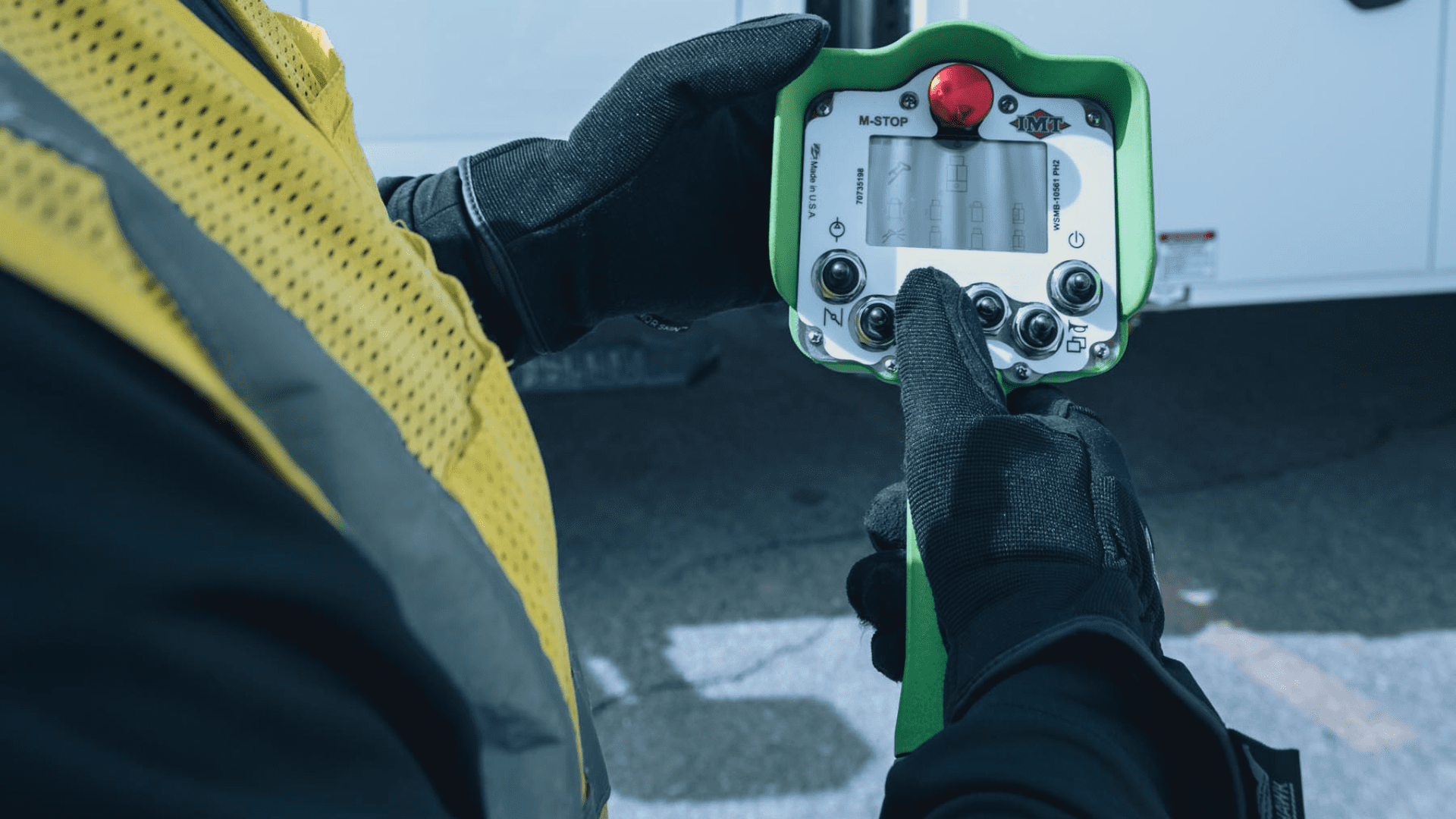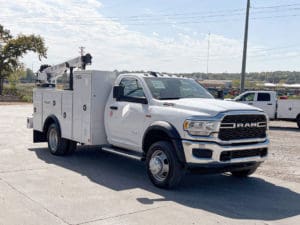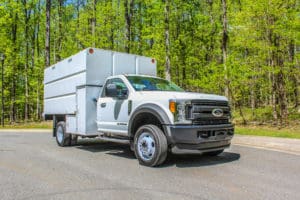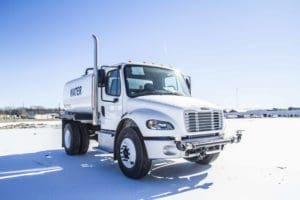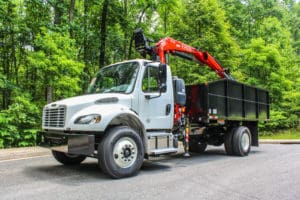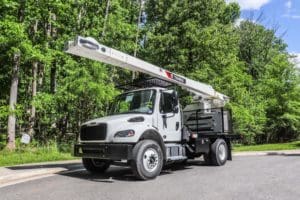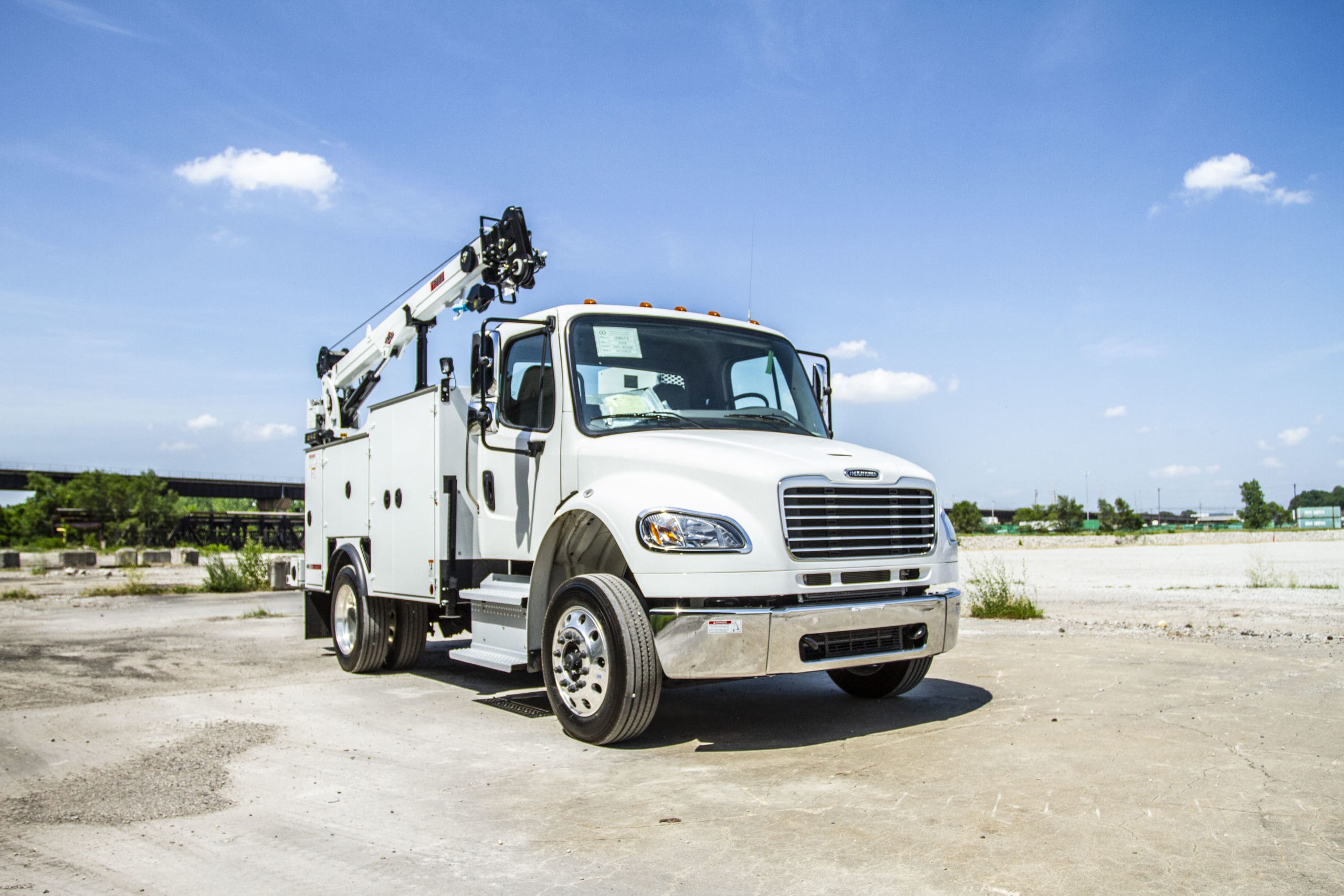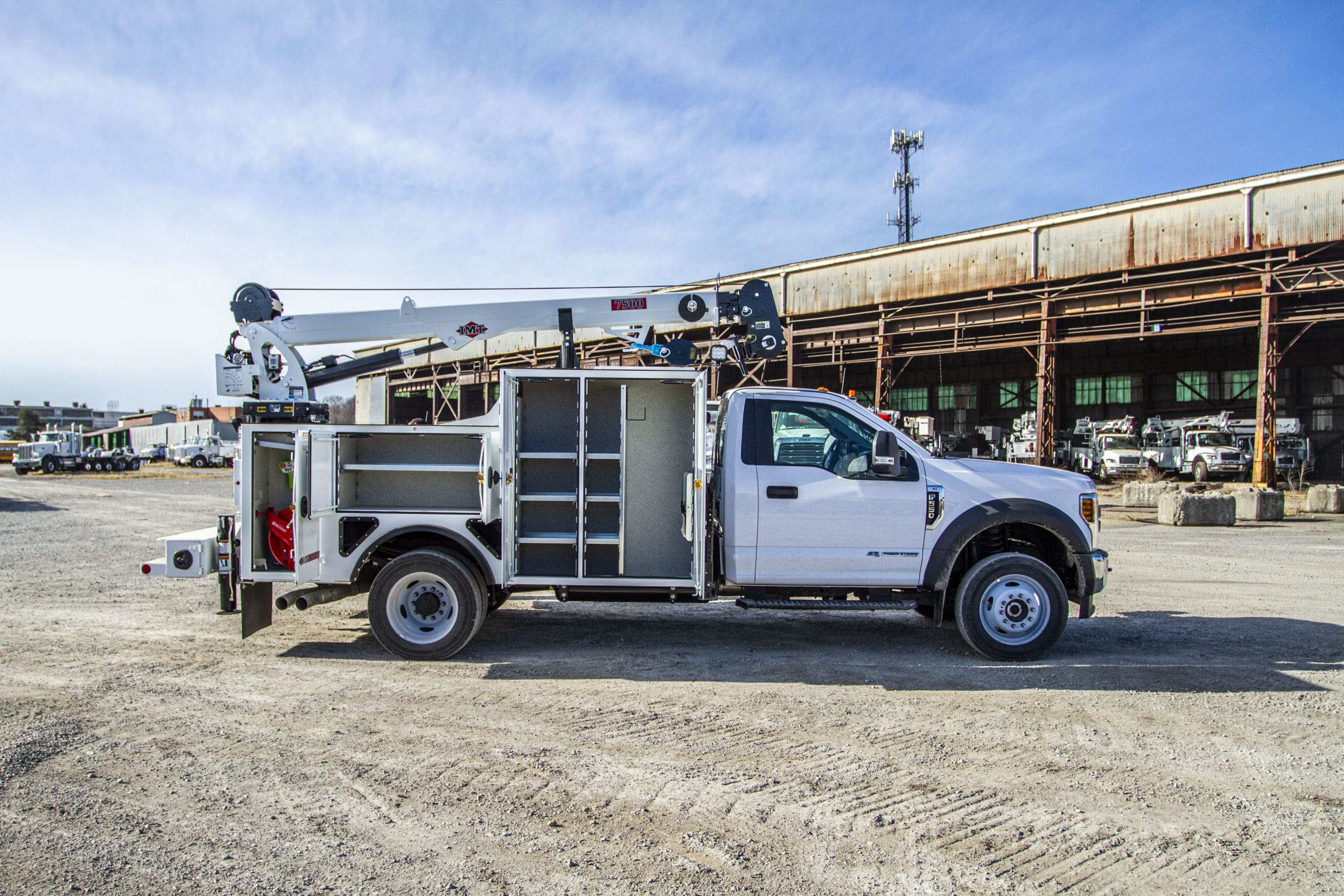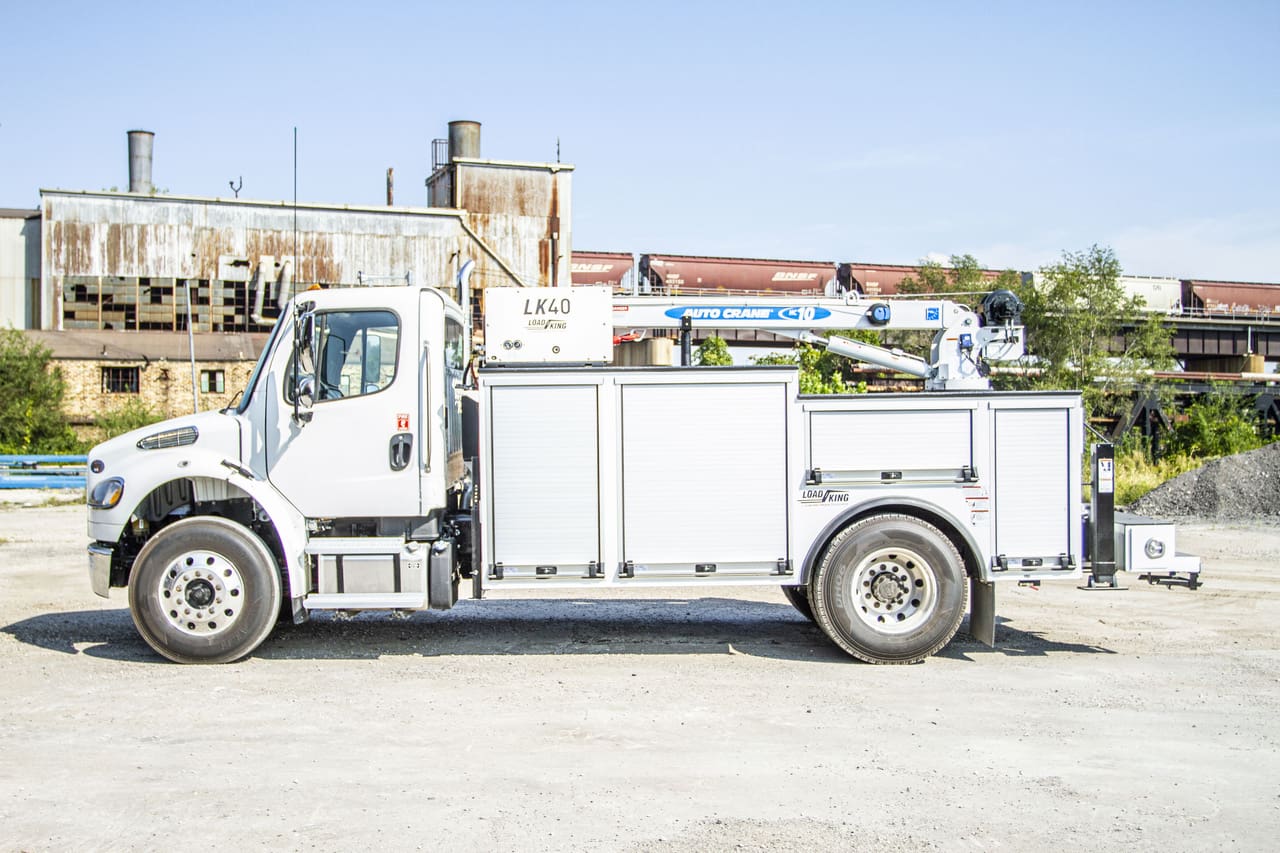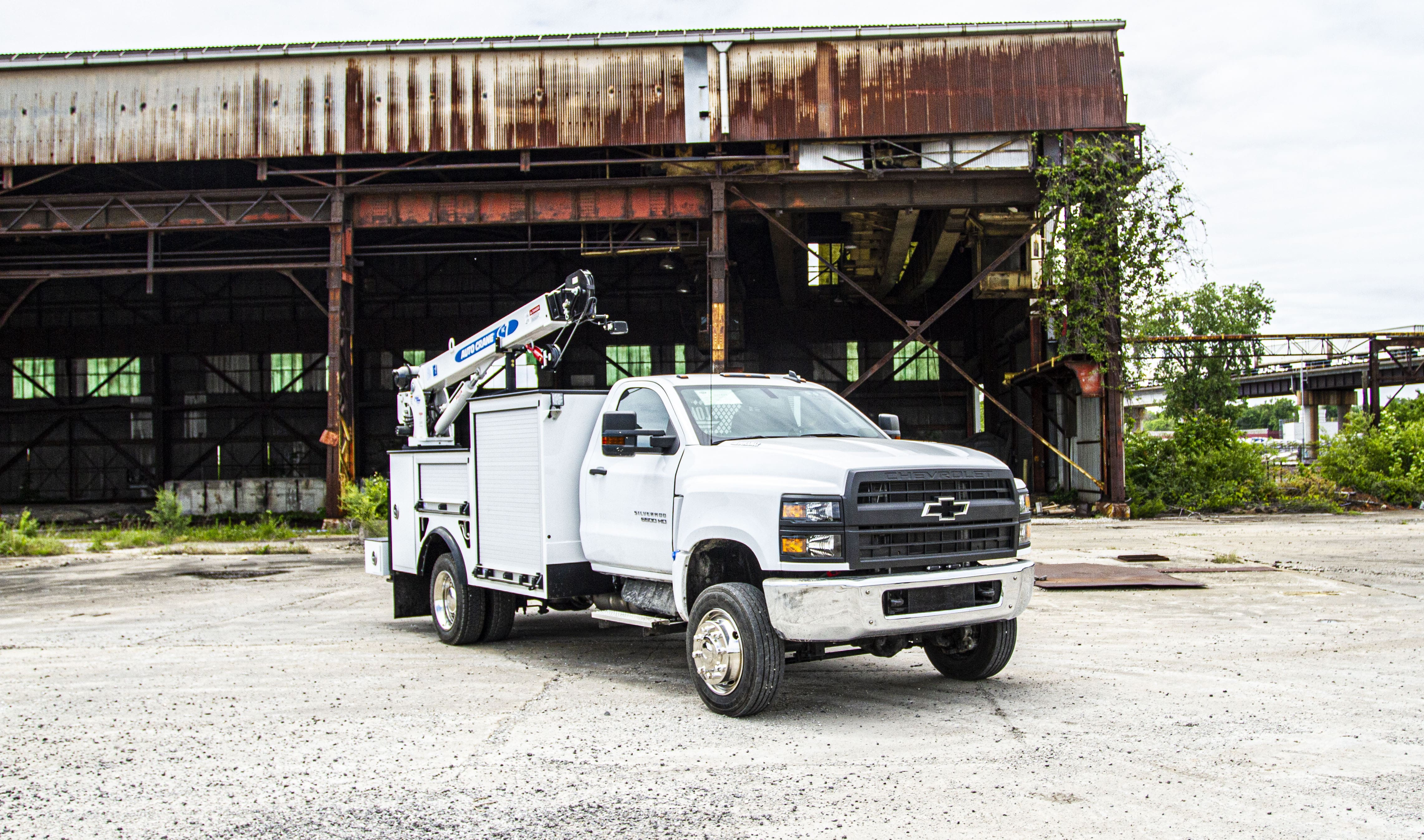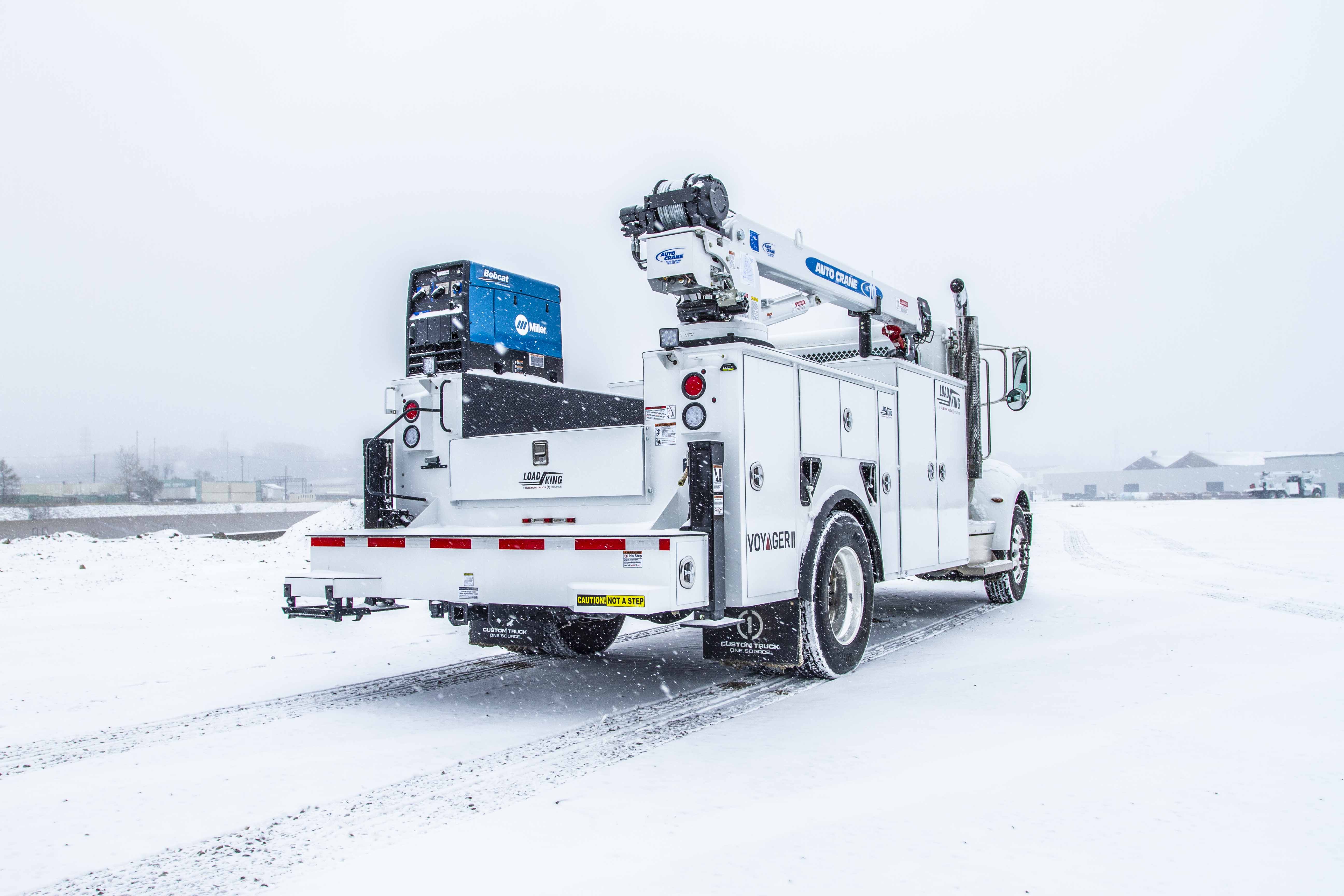
Service trucks are incredibly useful on work sites, making them essential additions to any fleet. With a quality service truck, you can maintain and repair your on-site equipment easily without transporting it to a service location.
What Do Service Trucks Do?
A service truck consists of a service body that holds tools, and it can also typically include a crane and an air compressor. Service trucks store and transport the tools necessary to make repairs. They are useful when equipment breaks down because they can carry materials and mechanics to work sites, allowing workers to make repairs quickly while saving money.
A service truck is essential for companies or independent mechanics providing on-site services. Workers cannot always transport heavy machinery to repair shops, so a service truck makes it easy to perform maintenance and repairs without moving equipment. Service trucks can also haul supplies such as lube and fuel.
Types of Service Trucks
When choosing a service truck, it’s important to focus on its body style, materials, load capacity, reach, and storage capacity. Steel and aluminum bodies are excellent choices because of their durability.
The Voyager® I, Voyager® II, and Voyager® P service truck models from Custom Truck One Source are equipped with high-performance features that provide excellent quality at competitive prices, helping you increase your payload savings. If you are searching for a service truck for your job site, consider the following options:
Voyager® I
The Voyager® I service truck features an 11-foot galvannealed steel body and the following components:
- Master lock system
- Hydraulic model LK40 air compressor
- Reinforced rear crane on the truck’s right side
- Lightweight CTEC tool drawer set
- Bed space coating coverage
- Superior storage capacity
- Quality lighting
The Voyager® I’s telescopic crane can handle up to 7,500 pounds and has an available reach of 30 feet. Its high-quality compartment design optimizes storage capacity. Quality lighting increases workspace visibility, and the master lock system protects tools from theft.
A Voyager® I service body is an excellent choice because steel is long-lasting and requires minimal repairs. Compartment coating, paint, and surface treatment prevent steel surfaces from rusting, allowing steel trucks to last longer and saving you money on maintenance and replacements.
Voyager® II
The Voyager® II, 14-foot, service body offers more inside storage. It has a 14-foot galvannealed steel body and a telescopic crane that can lift up to 10,000 pounds and reach up to 30 feet horizontally. It offers the same quality as the Voyager® I with the following features:
- Master lock system
- Reinforced rear crane on the truck’s right side
- High-quality standard features for the greatest performance
Like the Voyager® I, the Voyager® II galvannealed steel body makes it a long-lasting option requiring little maintenance.
Voyager® P
The Voyager® P is a propane tank handling service body with a steel subframe and aluminum compartments, Rumber® flooring. The Voyager® P can be used in other industries other than propane handling, by companies needing less inside storage and a material handling crane. This high-quality service truck offers the following features:
- E-Trac rails
- Load King telescopic cranes
- Storage boxes with LED light kits
- Under-body storage for concrete blocks
- Rumber® flooring with tie-downs
The Voyager® P is available in 2 models: The Voyager ® P 12-foot, which uses a 7522 crane, and The Voyager ® P 14-foot, which uses a 7526 crane.
Find the Right Service Truck From Custom Truck One Source
Service trucks are essential on job sites. Having the right service truck allows you to carry your necessary tools to every project and perform maintenance and repairs quickly.
Custom Truck offers the Load King Voyager® Series to provide companies and individual mechanics with high-performing service trucks. Our aluminum and steel service truck models are long-lasting and easy to maintain and feature various reach and lift capacities. Request a quote today and get the right service truck for your job site duties.


